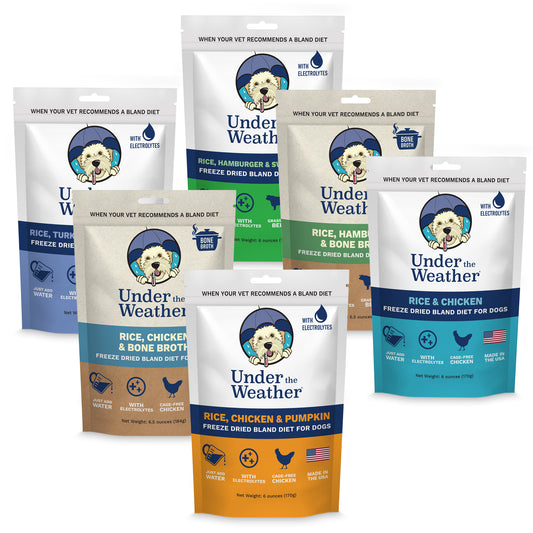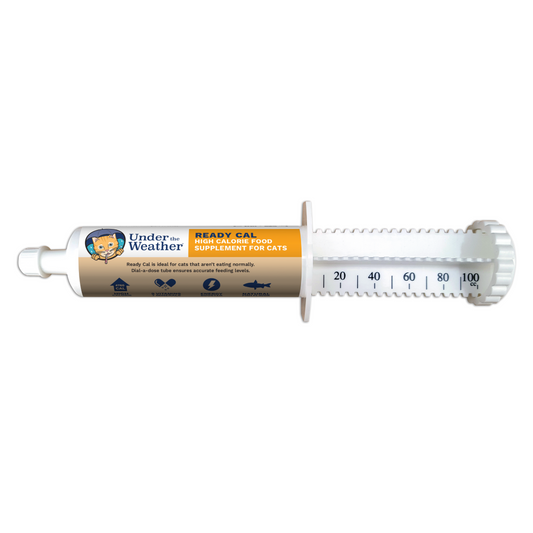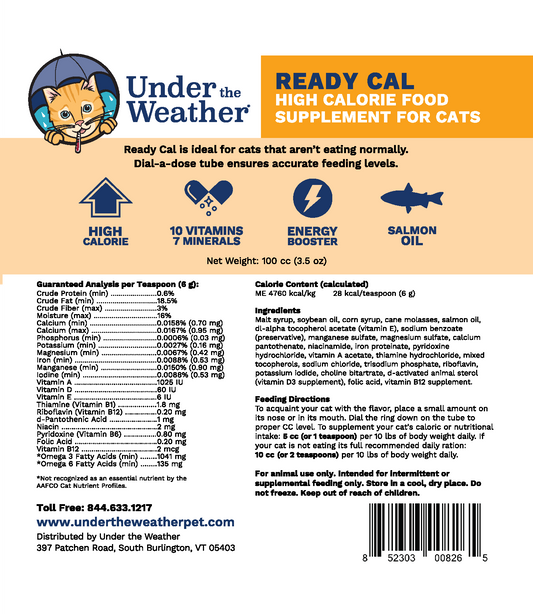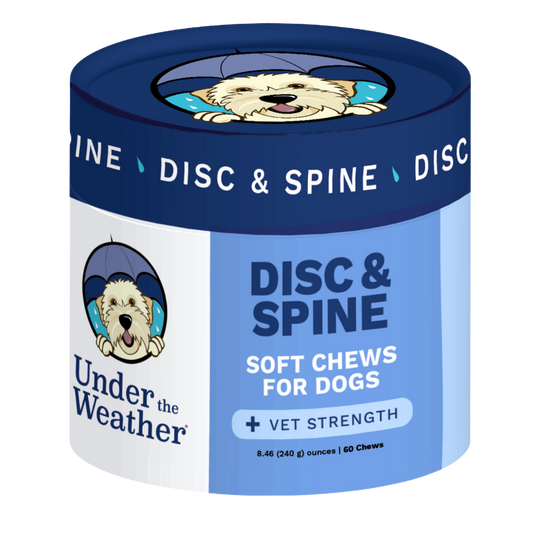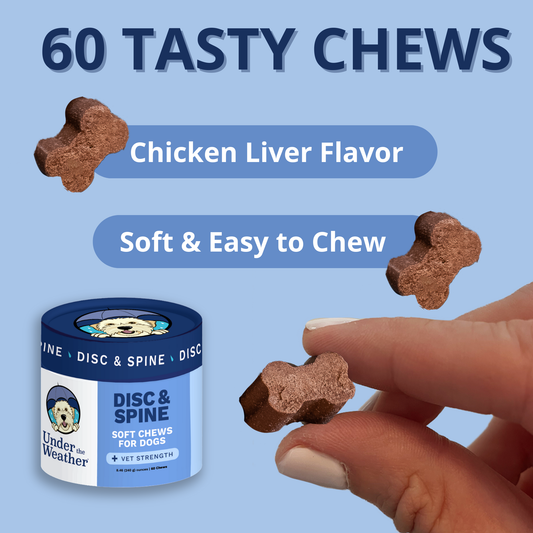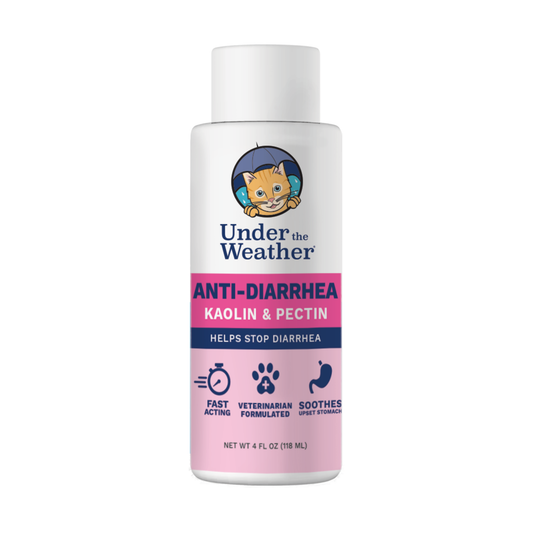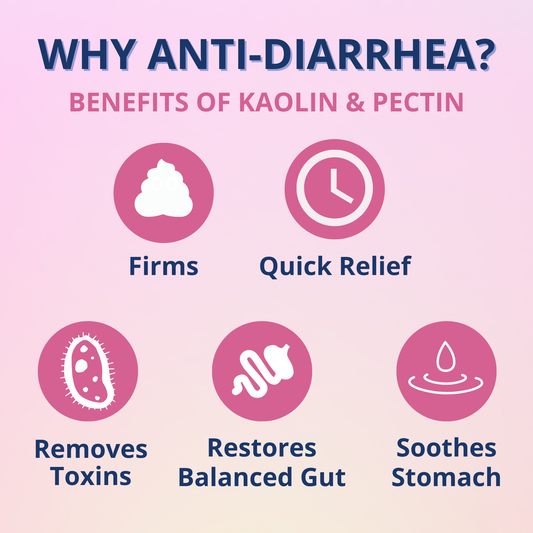Grits are a popular breakfast food made from ground corn kernels that have been boiled and then ground into a coarse meal. They are a staple in Southern cuisine and are often served with butter, cheese, or gravy. Many dog owners wonder if it is safe to share this tasty dish with their furry friends and where grits might fit into their pet’s diet. We are here to find the answer to that query by exploring whether dogs can safely consume grits, the nutritional value of grits, how dogs process grains, and alternative options for dogs with dietary restrictions.

Understanding What Grits Are
Grits are a beloved Southern staple, deeply rooted in the culinary traditions of the region. Made from corn, a versatile grain that has found its way into countless dishes, grits have a unique charm that sets them apart. The corn kernels are carefully dried and then ground into a coarse texture, resulting in the characteristic grits that we know and love. But did you know that there are different types of grits?
Stone-ground grits, for example, are made by grinding the dried corn kernels between two large stones, preserving the natural oils and flavors of the corn. This traditional method of production yields grits with a rich, nutty taste and a slightly coarse texture that adds a delightful crunch to every bite. On the other hand, instant grits are processed to cook more quickly, making them a convenient option for those who are short on time.
The Nutritional Value of Grits
While grits are undeniably delicious, they also offer some nutritional benefits, making them a worthwhile addition to your diet. For dogs, grits can provide a good source of carbohydrates, which are essential for energy. Additionally, grits contain small amounts of protein, dietary fiber, vitamins, and minerals such as iron and calcium.
It's important to note that the nutritional value of grits can vary depending on the preparation method and additional ingredients. For instance, stone-ground grits, with their minimal processing, retain more of the corn's natural nutrients compared to instant grits. So, if you're looking to maximize the nutritional benefits, opting for stone-ground grits might be the way to go.
Common Ingredients in Grits
When it comes to preparing grits, the ingredients can vary depending on the recipe and brand. However, there are a few key components that are typically found in most grit recipes. The star of the show, of course, is cornmeal, which provides the essential base for the dish. Water or milk is often added to create a creamy texture, while a pinch of salt enhances the overall flavor.
But why stop there? Some recipes take grits to the next level by incorporating additional ingredients to elevate the taste. A pat of butter can lend a rich, velvety smoothness to the grits, while a sprinkle of cheese adds a delightful tanginess. These additions not only enhance the flavor but also showcase the versatility of grits, allowing them to complement a wide range of dishes.
The Canine Digestive System
Before determining whether dogs can safely consume grits, it is important to understand how their digestive system works.
Dogs have a fascinating digestive system that allows them to process a variety of foods, including grains. While they are primarily carnivorous animals, they have evolved to be able to digest and utilize plant-based foods as well. This ability is thanks to their digestive system being equipped with special enzymes and bacteria that help break down carbohydrates, such as those found in grits.
When a dog consumes grains like corn, their digestive system goes to work. The first step is the mechanical breakdown of the food in the mouth, where the dog's powerful jaws and teeth start the process of breaking down the grits into smaller pieces. Then, as the food travels down the esophagus, it is coated in saliva, which contains enzymes that begin the chemical breakdown of the carbohydrates.
Potential Allergies in Dogs
While many dogs can safely consume grains without any issues, it is important to be aware that some dogs may have allergies or sensitivities to grains, including corn. If your dog displays symptoms such as itching, gastrointestinal upset, or skin problems after consuming grains, it is best to consult with a veterinarian to identify any potential allergies and develop an appropriate diet plan.
Allergies in dogs can manifest in various ways. Some dogs may experience itching and redness of the skin, while others may have gastrointestinal issues such as vomiting or diarrhea. It is crucial to pay attention to any changes in your dog's behavior or health after they consume grains, as this can help you identify if they have an allergy or sensitivity.
When consulting with a veterinarian about your dog's potential grain allergy, they may recommend an elimination diet. This involves removing all grains from your dog's diet for a time and then gradually reintroducing them to see if any symptoms reoccur. This process can help determine if grains, such as those found in grits, are the cause of your dog's discomfort.
Remember, every dog is unique, and what works for one may not work for another. It is always best to consult with a professional to ensure your furry friend's dietary needs are met and any potential allergies are properly addressed.
Grits and Dogs: A Detailed Analysis
Now that we have a better understanding of grits and the canine digestive system, let's delve into the potential benefits and risks associated with dogs consuming grits.
Possible Health Benefits for Dogs
Grits can provide dogs with a source of carbohydrates, which can be beneficial for energy production. Additionally, the small amounts of protein, fiber, and nutrients found in grits can contribute to a balanced diet for dogs.
Carbohydrates are an essential part of a dog's diet as they are the primary source of energy. Grits, being a carbohydrate-rich food, can help fuel your furry friend's daily activities. The slow-release nature of carbohydrates in grits ensures a steady supply of energy throughout the day, keeping your dog active and alert.
Furthermore, the protein content in grits, although not as high as in meat or other animal-based sources, can still provide some essential amino acids that contribute to muscle growth and repair. This can be particularly beneficial for active dogs or those recovering from an injury.
In addition to carbohydrates and protein, grits also contain fiber, which aids in digestion and promotes healthy bowel movements. Fiber can help regulate your dog's digestive system, preventing constipation and ensuring proper nutrient absorption.
Potential Risks and Side Effects
While grits can provide some nutritional benefits, it is important to be aware of potential risks and side effects. Grits are often seasoned with salt, which can be harmful to dogs in large quantities. Excessive salt intake can lead to dehydration, electrolyte imbalances, and even kidney problems in dogs.
It is crucial to ensure that the grits you offer your dog are prepared without excessive salt or any other harmful seasonings. If you choose to share your grits with your furry companion, it is best to prepare a separate, unsalted portion specifically for them.
Additionally, the high carbohydrate content in grits may not be suitable for all dogs, especially those with specific dietary needs or medical conditions. Dogs with diabetes or weight management issues may require a low-carbohydrate diet to maintain their health. It is always recommended to consult with your veterinarian before introducing any new food into your dog's diet.
Furthermore, while grits themselves are not toxic to dogs, some dogs may have difficulty digesting them. Dogs with sensitive stomachs or gastrointestinal issues may experience digestive upset, such as diarrhea or vomiting, after consuming grits. If you notice any adverse reactions in your dog after feeding them grits, it is best to discontinue their consumption and consult with your veterinarian.
Serving Grits to Your Dog
If you decide to share some grits with your dog, it is important to take the proper precautions and serve them safely.
Grits, that classic Southern dish, can certainly be a tasty treat for your furry friend. However, responsible dog owners will recall that not all human foods are safe for dogs. While grits themselves are generally safe for dogs to consume, it's essential to prepare them in a way that ensures your dog's health and well-being.
Preparing Grits for Dogs
When preparing grits for your dog, it is best to avoid adding any seasoning or ingredients that may be harmful or unsuitable for dogs. While you may be tempted to add butter, salt, or other flavorings to enhance the taste, these additions can be detrimental to your dog's health. Plain, unseasoned grits are the safest option.
Additionally, it's crucial to ensure that the grits are cooked thoroughly. Undercooked grits can be difficult for dogs to digest and may cause gastrointestinal upset. To achieve the perfect consistency, cook the grits until they are soft and easily mashed with a fork.
Appropriate Serving Sizes
The serving size of grits for dogs will depend on various factors, including the size, activity level, and overall health of your dog. It is always best to consult with your veterinarian to determine the appropriate portion size for your specific dog.
As a general guideline, it is recommended to start with small portions and observe how your dog reacts. Some dogs may have sensitivities or allergies to corn, so it's essential to monitor their response. If your dog shows any signs of digestive discomfort, such as vomiting or diarrhea, discontinue feeding them grits and consult your veterinarian.
Remember, while grits can be a delicious and occasional treat for your dog, they should not replace a balanced and nutritious diet specifically formulated for their needs. Treats should only make up a small portion of your dog's overall calorie intake.

Alternatives to Grits for Dogs
If you are looking for alternative options or your dog has specific dietary restrictions, there are several safe grains and grain-free options available.
Other Safe Grains for Dogs
Several grains out there are considered quite safe for dogs to consume, including brown rice, quinoa, and barley. These grains can provide similar nutritional benefits to grits and can be incorporated into your dog's diet.
Grain-Free Diet Options for Dogs
For dogs with grain allergies or sensitivities, there are also grain-free dog food options available on the market. These formulas are typically made with alternative carbohydrate sources, such as sweet potatoes or peas, and provide a balanced diet without the use of grains.
In conclusion, while dogs can safely consume grits in moderation, it is important to consider their individual dietary needs and potential allergies. Plain, unseasoned grits can provide some nutritional benefits for dogs, but it is crucial to consult with a veterinarian before introducing any new foods into your dog's diet. Additionally, there are alternative grain options and grain-free diets available for dogs with specific dietary restrictions. Always prioritize your dog's health and well-being when making dietary decisions.
Every Sale Supports a Shelter Pet. Learn More.
Created in Vermont. Learn More.
Written by: Phil Schuman
If you suspect your pet is sick, call your vet immediately. For health-related questions, always consult your veterinarian, as they have examined your pet, know the pet's health history, and can make the best recommendations for your pet.


